Download these free plans for a work caboose! They accompany our “Garden railway basics” articles from the June and August 2006 issues. Follow along with author Kevin Strong to build a work caboose from styrene. […]
Build a work caboose
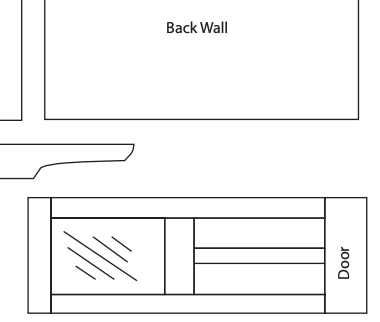

Download these free plans for a work caboose! They accompany our “Garden railway basics” articles from the June and August 2006 issues. Follow along with author Kevin Strong to build a work caboose from styrene. […]
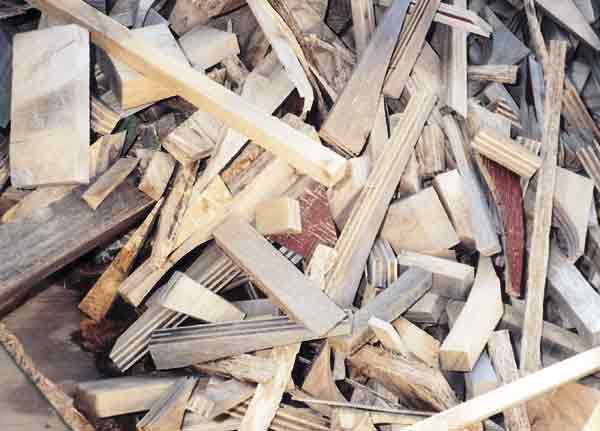
Scrap wood, like that pictured here, is readily available and free for the asking. Rene Schweitzer Trestles! Bridges! Cribbing! Wooden rolling stock! There are many applications of unpainted wood for an outdoor pike to challenge the beginner and veteran alike, all requiring tools, time, money, and skill. The most common choices of wood for outdoor […]
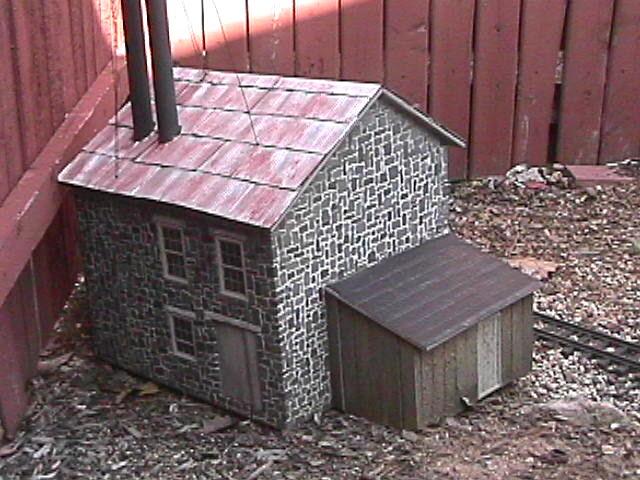
This structure on the Greenbriar Cheat & Elk railway was made out of blue foam insulation board. Randy Mower I have been scratch building structures for my Greenbriar Cheat & Elk garden railroad since 1993. Although I have commercial structures on my railway, I wanted to have buildings that were unique to my railroad, so […]
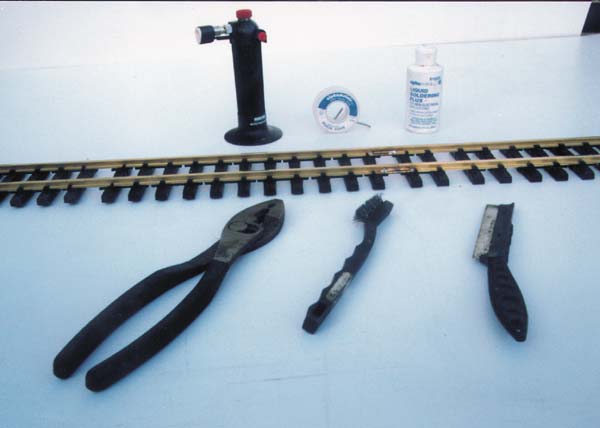
Soldering tools. Top row: mini torch; 40/60 rosin-core solder; liquid flux. Bottom row: heavy-duty pliers to align rails while the solder is hot; a wire brush for cleaning rail ends; and an Atlas Super Saw to cut the rails. Jack Verducci Here, two sections of flex track have been soldered. Notice that the solder has […]
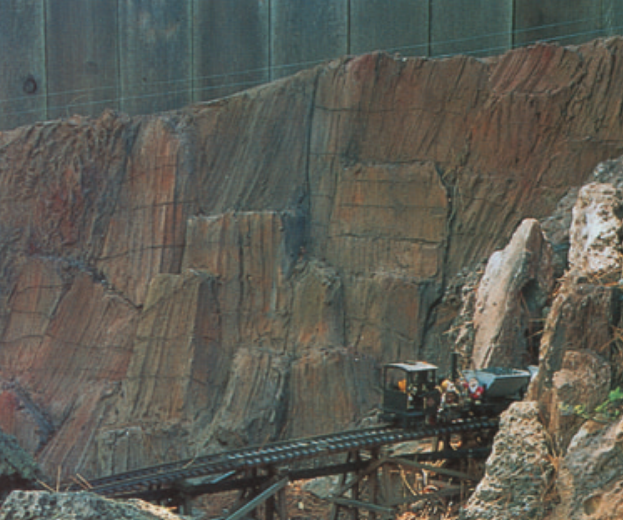
Jack Verducci shows you how to make durable, outdoor rock formations from a mixture he calls “gulapata.” Download the 1997 article free here. […]
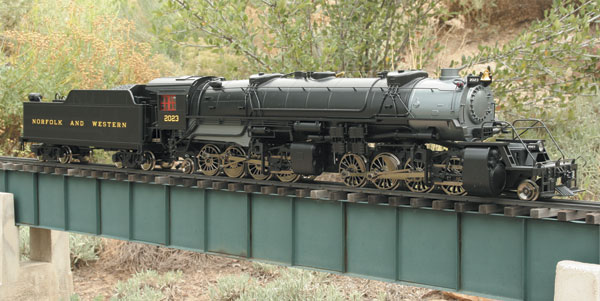
Marc Horovitz 1:29 scale, gauge 1 2-8-8-2 locomotiveAristo-Craft Trains698 South 21st St.Irvington NJ 07111Price: $945 ($993 for Union Pacific)Web site: www.aristocraft.com Plastic-and-metal model of a USRA 2-8-8-2 Mallet locomotive; USRA or Vanderbilt tender, depending upon road name; smoke unit; sound ready; DCC ready; battery ready; control switches under firebox; two motors with flywheels and fans; […]
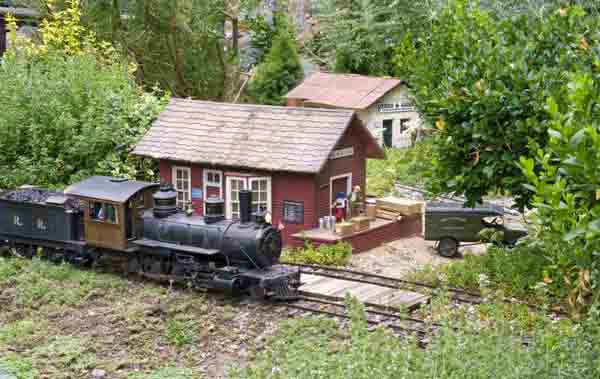
Download this free trackplan that accompanies our Tuscarora project railroad series. In the June 2006 issue: Determining a trackplan, surveying the land, and defining objectives In the August 2006 issue: Breaking ground and building a stone retaining wall In the October 2006 issue: Building a PVC-based trackbed In the December 2006 issue: Laying track In […]
Micro-Trains Line Co. announced that it will be releasing a Z scale Electro-Motive Division GP9. The model, scheduled for release in early 2007, will feature a Maxon 8 mm coreless motor with dual flywheels, golden-white light-emitting-diode headlights, etched-metal handrails, and Magne-Matic couplers. Road names and pricing information yet to be released. […]
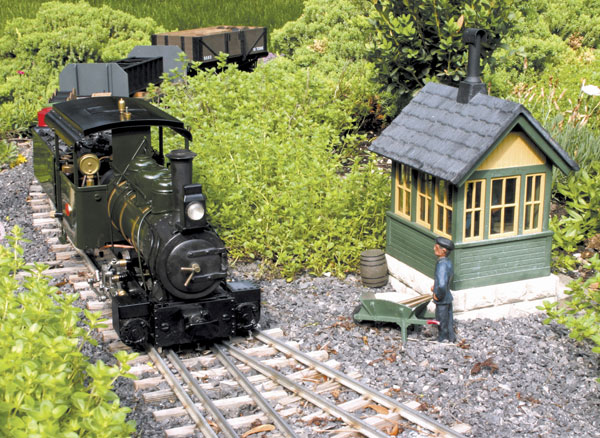
A Roundhouse “Fowler,” fitted with a coal-fired boiler by John Shawe, at work on the author’s garden railway near Toronto. Jeff Young photo When we acquire a small-scale live steamer, it is usually to run on an established garden railway. The selection of your live-steam locomotive was probably influenced by the physical characteristics of the […]

The No. 24 was the last locomotive supplied to the two-foot gauge Sandy River & Rangeley Lakes Railroad in Maine. This G scale live steam model was manufactured by Roundhouse Engineering of Doncaster, England. Kenneth Matticks Gas is added through the filler valve in the center of the tank. By watching the pressure gauge and […]
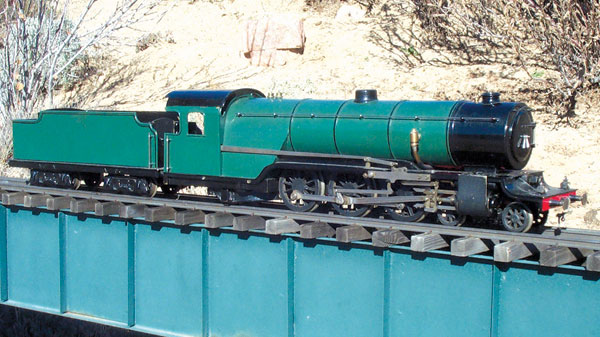
Lillian “Curly” Lawrence and the history of live-steam locomotives Lillian “Curly” Lawrence was a British model engineer who lived from 1882 to 1967. He built his first live-steam locomotive at the age of 13 on a used treadle lathe. A curious and reclusive fellow, he wrote live-steam columns for British model-engineering magazines under the pen […]
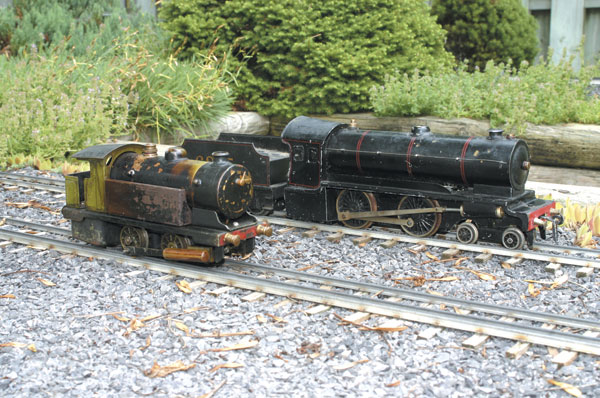
A pair of well used, tinplate live steamers. The engine in the foreground is by Bowman; the one behind is Bassett-Lowke. Despite their tatty appearance, they are both in good operating condition and see regular use in the garden. Jeff Young An important part of the history of small-scale live steam is the tinplate locomotives […]